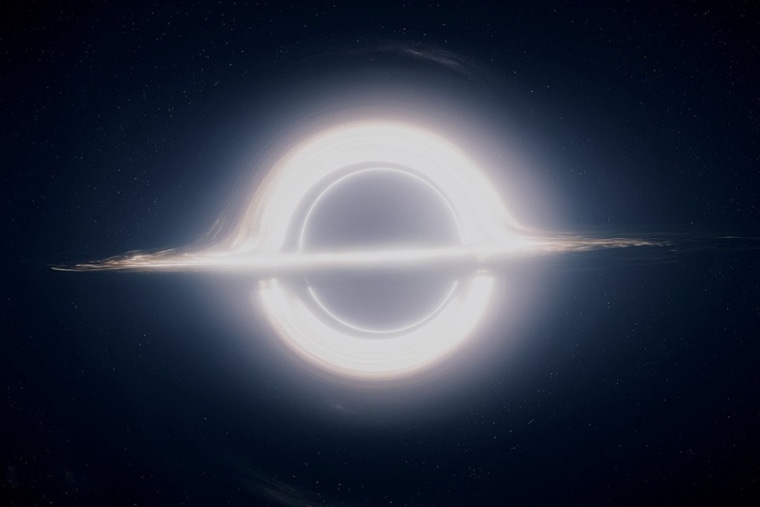Ever since black holes were found to be a theoretical prediction of Einstein's theory of general relativity, they've captured the public's imagination. They are viewed as awesome and terrifying, inescapable and all-consuming. Some of which is true, some of which is hype.
Black holes come in different sizes. There are two main categories: stellar and supermassive. When most people think about black holes, they are picturing stellar black holes. Stellar back holes are basically just dead stars. They form when massive stars live fast, die young, and go out with a bang, collapsing in on themselves. Only around 1% of all stars end their lives this way, so with 100 billion stars in our own galaxy, that means there are roughly 1 billion black holes. But I can assure you, they pose no threat. In contrast to stellar black holes, supermassive black holes are like millions of stellar black holes combined. How they form is still a mystery (and an active area of research), but we think they exist at the center of every galaxy in the Universe, including our own.
How can we see something that's black? How do we know black holes are real?
While we can't see black holes directly, we *can* see their effects on their surroundings and therefore detect them indirectly. Stellar mass black holes are often found in binary systems where the other star is a white dwarf. So even though we can't see the black hole, the orbit of the white dwarf betrays its presence. John Archibald Wheeler, a theoretical physicist who made many contributions in this area, gave a wonderful analogy of this in a documentary based on Stephen Hawking's book "A Brief History of Time" (jump to minute 37:55). The same goes for supermassive black holes, only they have a larger reach so they have even stronger effects on their surroundings.
This week, both physicists and non-physicists alike will have the chance to see these effects on the big screen in Christopher Nolan's new film "Interstellar." This isn't a movie promotion, but rather a physics promotion. "Interstellar" contains the most accurate visualization to date of a black hole on film. That's because theoretical physicist and black hole expert, Kip Thorne, consulted on the film (he consulted on "Contact" as well). Wired Magazine recently did a feature article on Thorne's contributions that I can't recommend enough. Essentially, Hollywood's budget allowed for more computing power than most academics get access to in a lifetime: generating almost 800 terabytes of data.
The results are mind-blowing. They are not just visually arresting but they are scientifically accurate as well. Not only that, but theoretical physicists had never simulated black holes with this much detail before. After seeing his equations visualized Thorne and his colleagues have some new theories to pursue. So even though Hollywood may be giving Matthew McConaughey top billing when "Interstellar" is released this week, the real star is physics.
Here are some geek in other regions of spacetime this week:
- The chemistry of blood: most vertebrates bleed red, crustaceans bleed blue, and worms bleed green or purple. [INFOGRAPHIC]
- Male birds (great bustards) will go to any lengths to attract females, including poisoning themselves.
- Dolphins in Shark Bay, Australia seen hydroplaning in order to catch fish. [VIDEO]
- "Vampire" frog hatches as a tadpole with fangs and proceeds to feed on unfertilized eggs from its mother.
- Psychology of surviving a zombie apocalypse, in case your Halloween went a little too far.
- Researchers at UC-Berkeley are working on a device that would enable them to hear your inner monologue. They heard that.
- Great feature article by the BBC on the dangers of the first spacewalk ever attempted.
- Evidence suggests Earth's magnetic field is decreasing faster than expected and could reverse in the next few thousand years.
- Someone made a "map" of the internet. [INTERACTIVE]
- Build your own particle detector for under $30 and watch time travel before your very eyes. [VIDEO]
